In 1953 Assar Gabrielsson visited America, and he saw how popular European sports cars from Jaguar and MG had become. Triumph and Austin-Healey were about to repeat the feat and he decided that Volvo should have a slice of the action. Until that point he'd had no desire to build a sporting car – he had no qualms about his company's cars being strictly functional.
The turning point came when he visited Chevrolet's factory in Flint, Michigan, which was about to go into production with the glassfibre Corvette. The material was cheap and easy to work with, and with so little tooling needed to enter production it seemed like a neat solution to his problem of a lack of production capacity. When he then paid a visit to California-based Glasspar, which had pioneered the use of glassfibre for boat construction and had already started to have some success in the production of cars with this fashionable composite (with the Glasspar G2), his mind was made up. Gabrielsson commissioned Glasspar to design, engineer and build a glassfibre bodyshell to mount on a separate chassis.
Bill Tritt, founder of Glasspar, produced the designs and a chassis was developed to take PV444 running gear, using that car's 1.4-litre B14 engine and three-speed floor-change gearbox. A pair of SU carburettors was installed to increase power to 70bhp and the powerplant had the B14B tag bestowed upon it.
Glasspar was to build the first 20 bodies with assembly then being transferred to Volvo. By June 1954 the first cars were being shown to the public, provisionally called the Volvo P1900, but already changes had been made. Most significant was its transformation from fixed-head coupé to roadster with detachable hardtop – no retractable hood of any kind was fitted. One of the reasons for these last-minute changes was that Volvo's chief designer, Jan Wilsgaard, hadn't been consulted at all about the P1900's lines, and he had serious reservations about some elements of the transatlantic styling. So while he tidied up the exterior design he also turned his hand to the interior, styling a new dash which was more European in design.
From the outset it was clear that sales would be low, so there was little money available to develop the separate chassis. The solution was to build a tubular frame to which were mounted the suspension, steering, engine and transmission of the PV444. To keep weight down and maximise space there was no spare wheel – Volvo had the utmost faith in the latest Scandinavian Trelleborg tyres with which the car was equipped, the claim being that they were puncture-proof.
Having made its debut in September 1954 – and still without a name, although Volvo Sport had been suggested – Volvo announced that the car would be going into production later that autumn, at the rate of one each day. There was talk of an initial batch of 300 cars being available, and to generate interest in the car a trio of 1900s set off around the country, visiting all of Volvo's dealers.
The lack of a folding roof was bad news for many potential buyers – they didn't like the idea of just a detachable (and non-stowable) hard top. Thorough testing took place in 1955 and in March 1956 a re-engineered P1900 was taken on a 10,000-mile tour of Southern Europe and North Africa. Although it was reported as running smoothly, it didn't. All sorts of build-quality problems were apparent but soon after the car arrived back in Sweden the first customer cars were delivered. Only 44 were built in 1956. The following year was even worse with just 23 P1900s produced and it was pretty clear that the car was never going to make any money.
Hand-built bodyshells meant high production costs and glassfibre, which was in its infancy, meant production standards weren’t as high as Volvo wanted. The car was shown at the 1956 Earls Court motor show, but a price tag of £2100 (inflated by import duty and purchase tax) meant the car was more expensive than Jaguar’s XK140 and more than double the price of an MGA.
One weekend Assar Gabrielsson borrowed a P1900 to try it out and was so appalled with the quality of construction that when he returned to work on the Monday morning production was stopped there and then. If the car couldn't be built to a standard worthy of the Volvo name, despite already costing more than most buyers were prepared to pay, there was no option but to pull the plug.
| Vital statistics | |
|---|---|
| Produced | 1956-1957 |
| Number built | 67 |
| Engine | Front-mounted, 1414cc, 4-cylinder |
| Transmission | 3-speed manual |
| Power | 70bhp at 5500rpm |
| Top speed | 95mph |
| Launch price | £2100 |

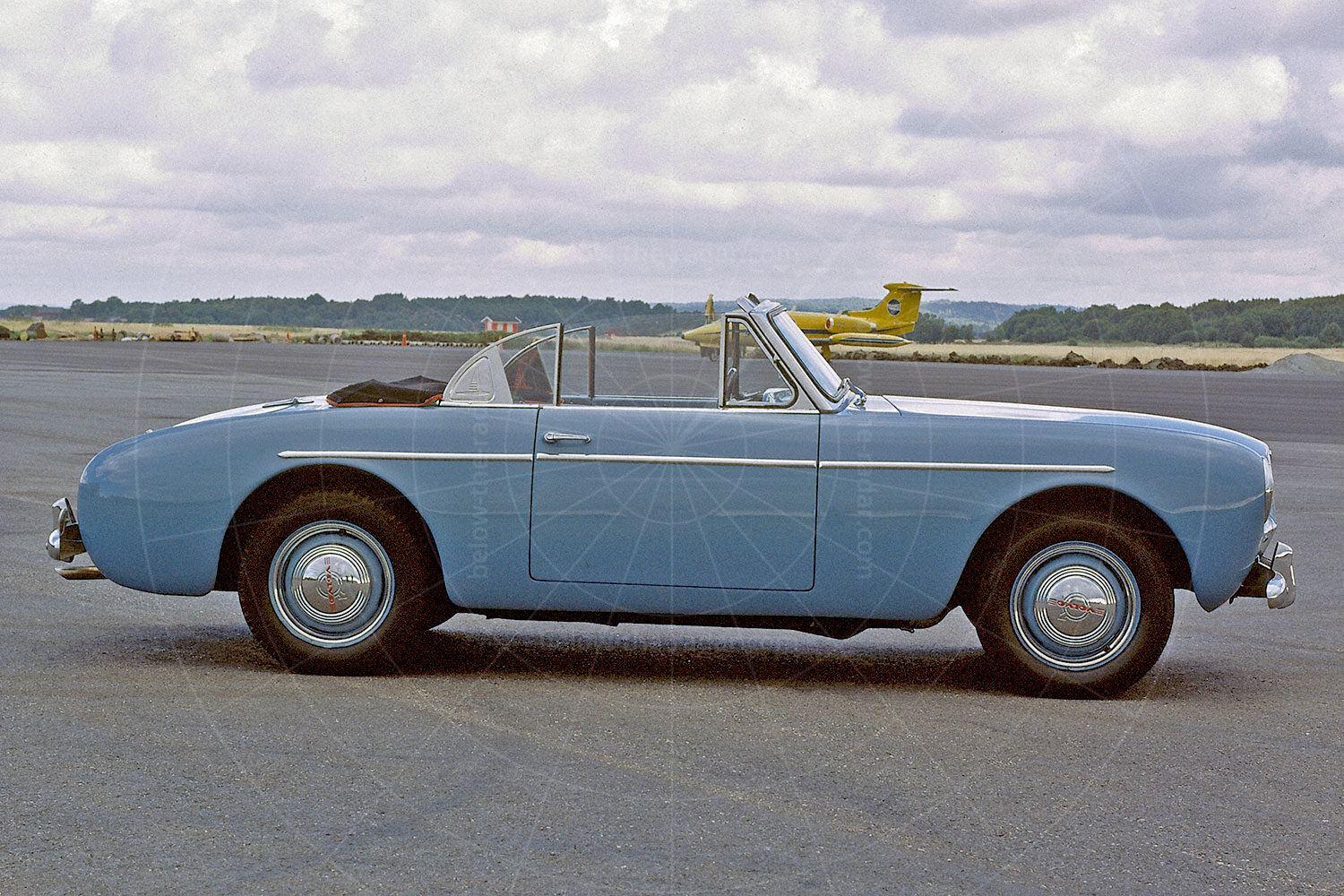
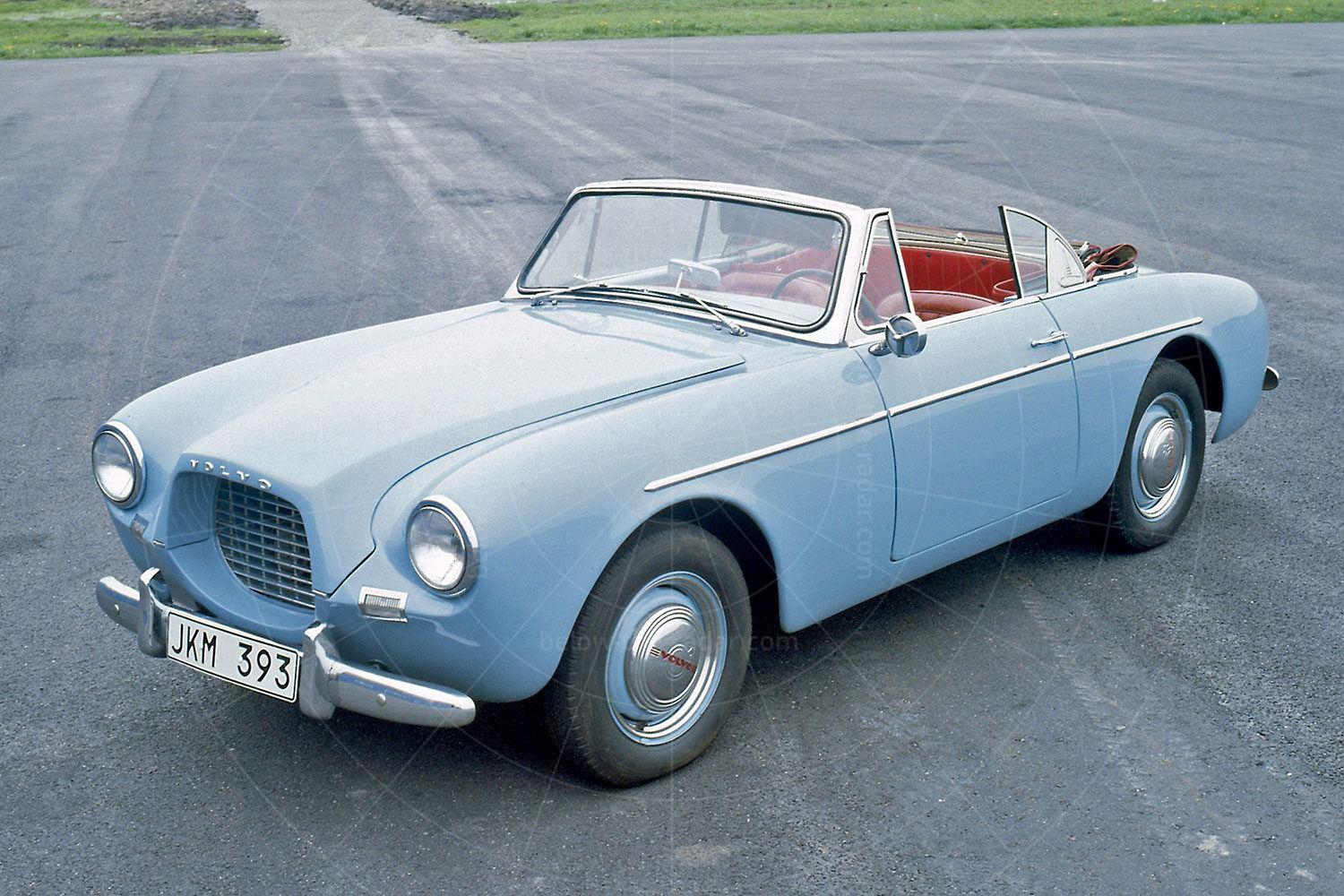
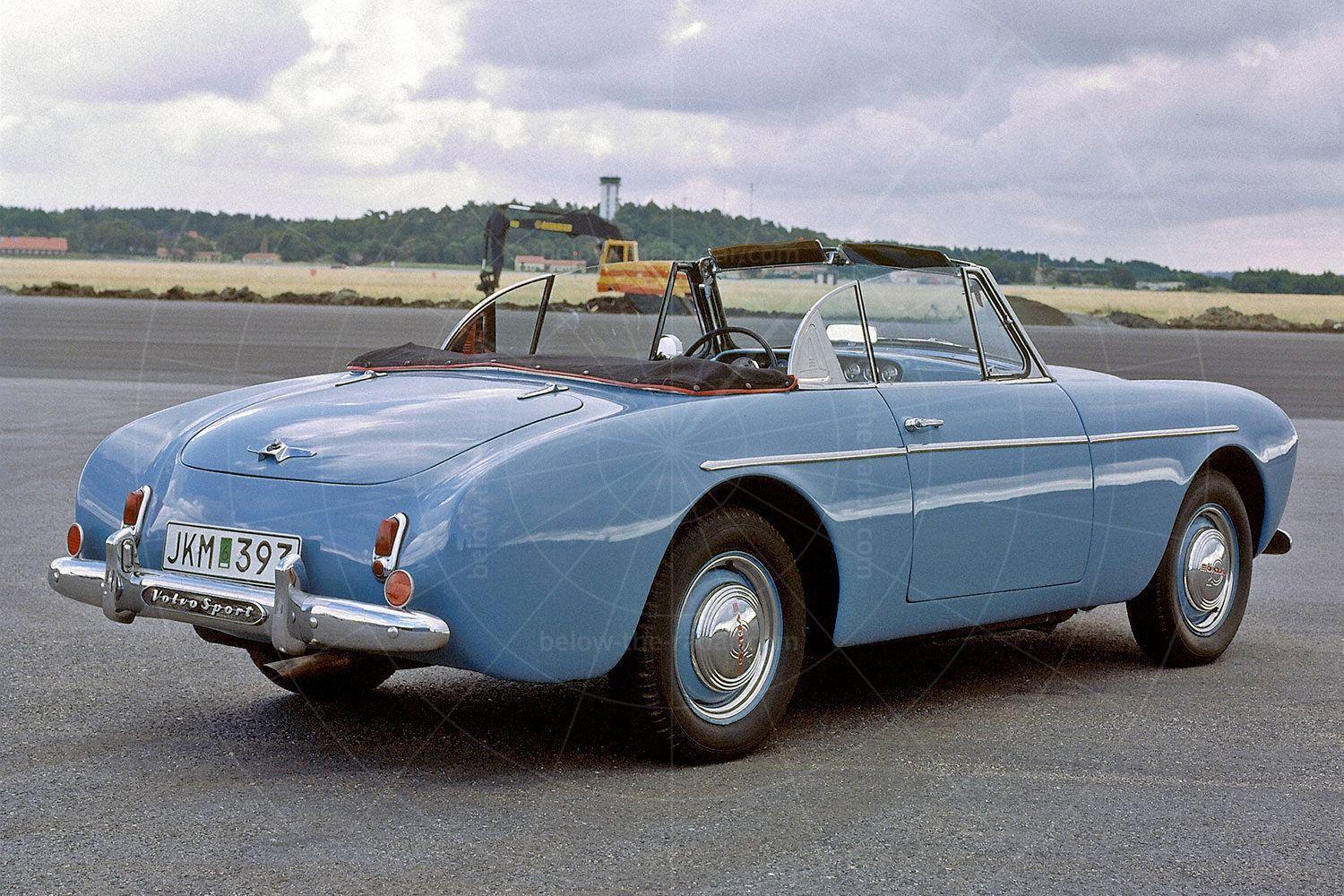
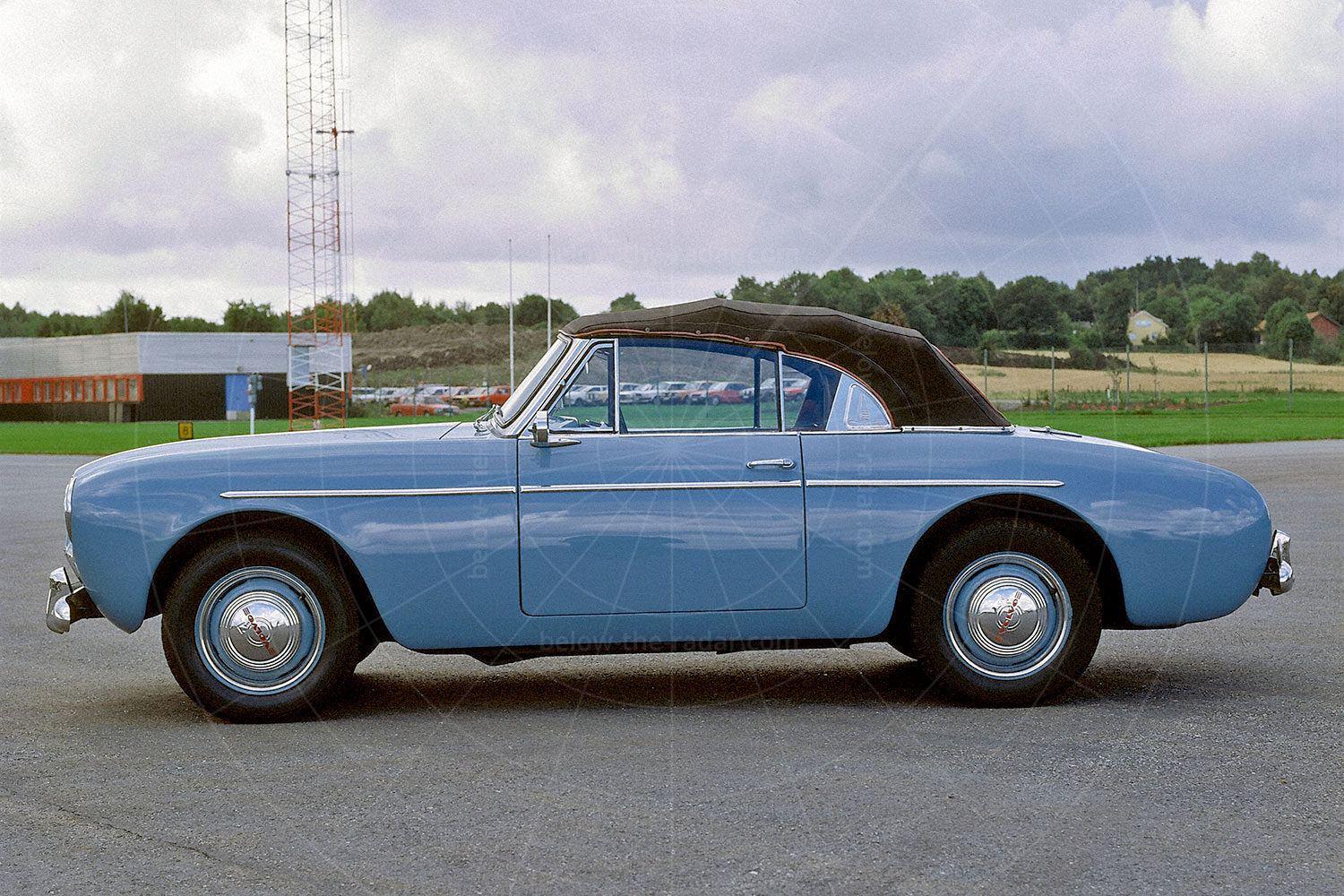
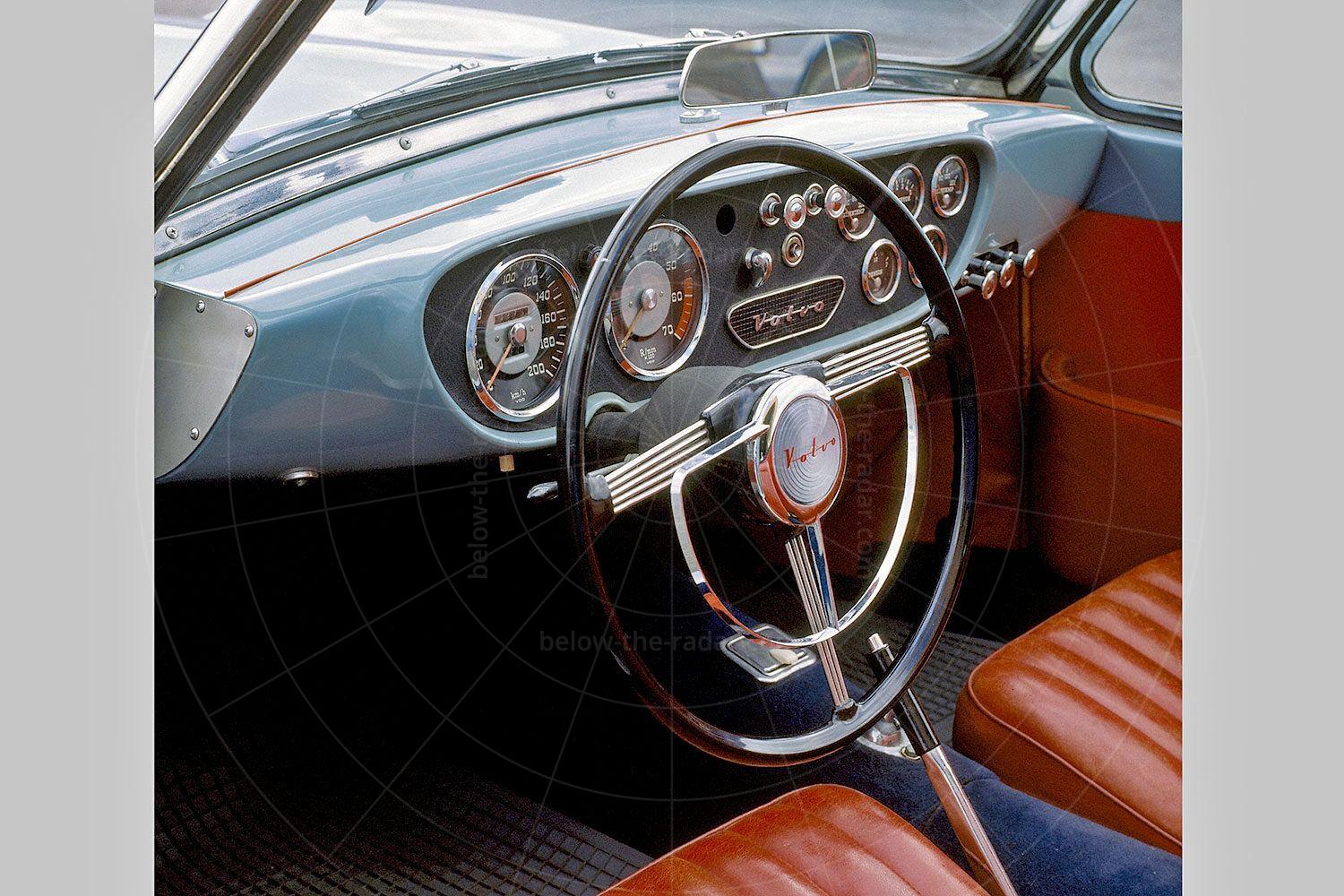
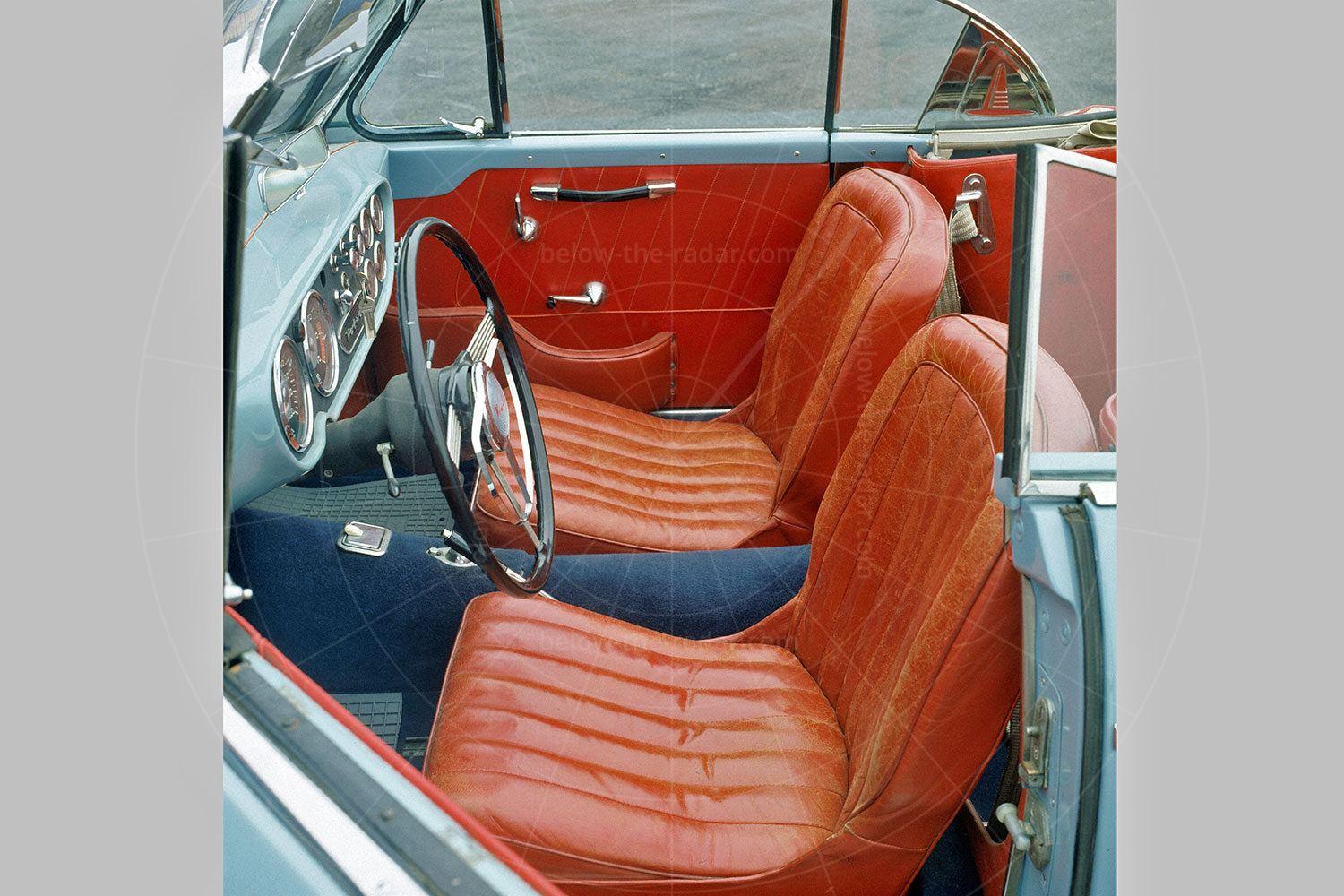
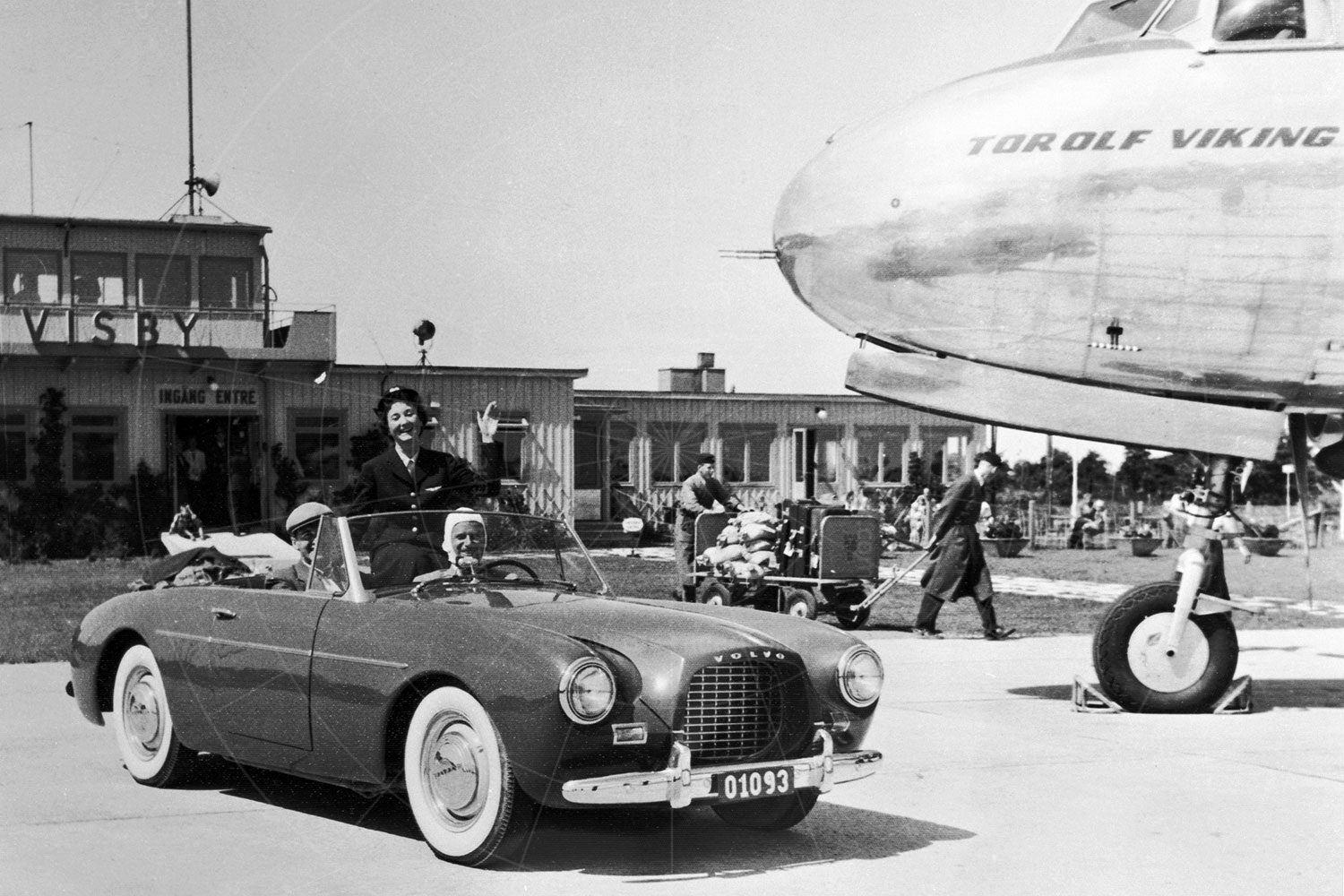
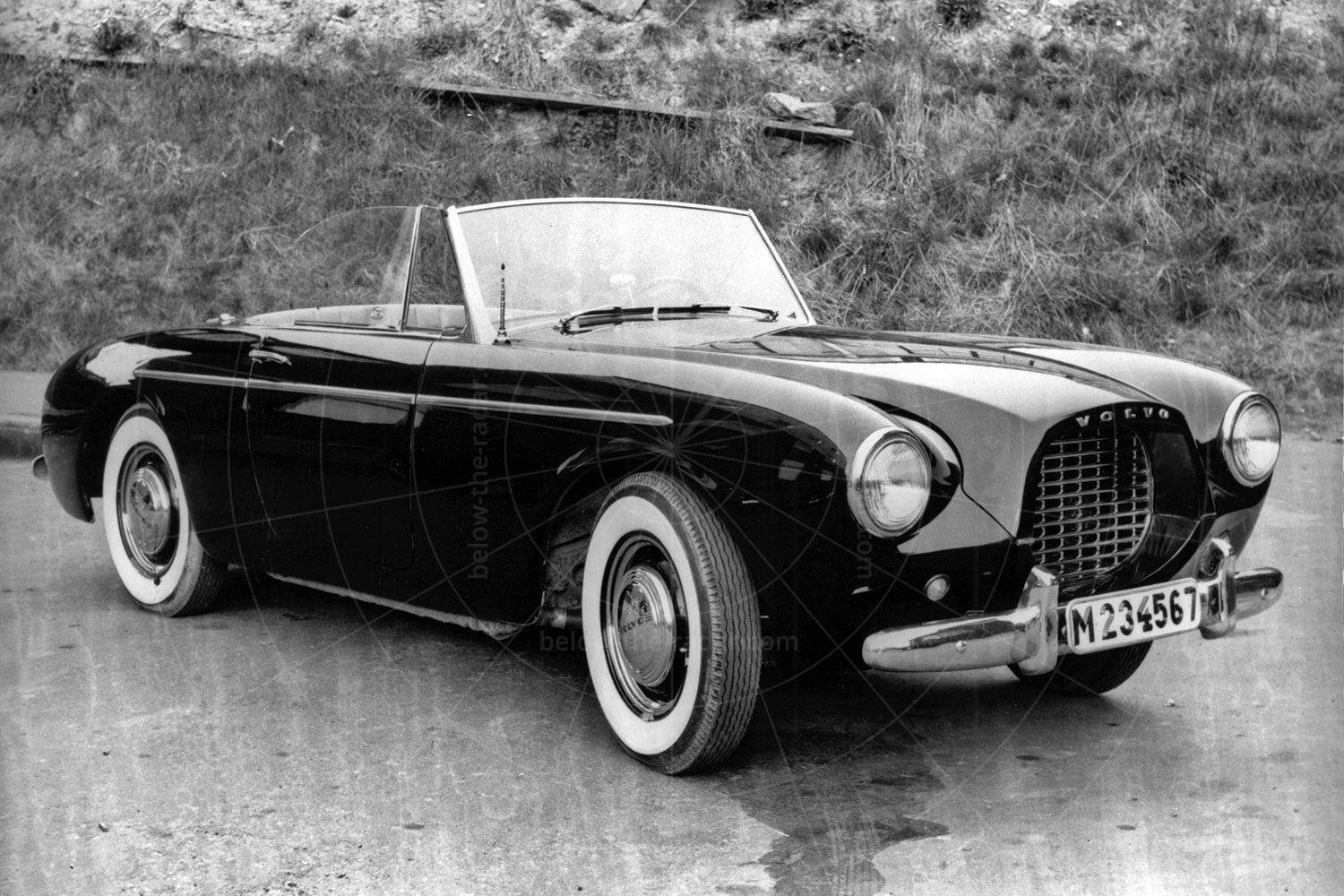
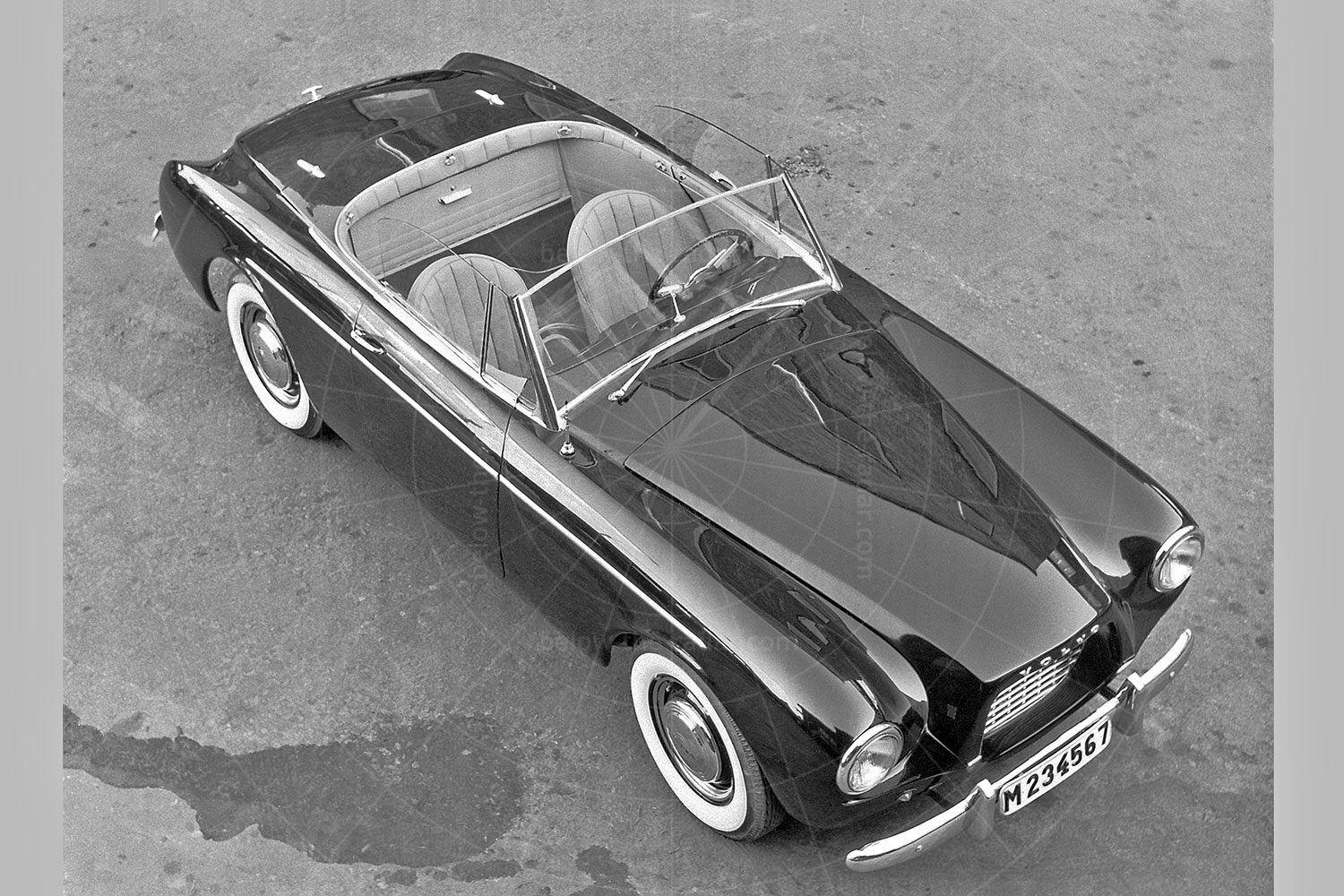
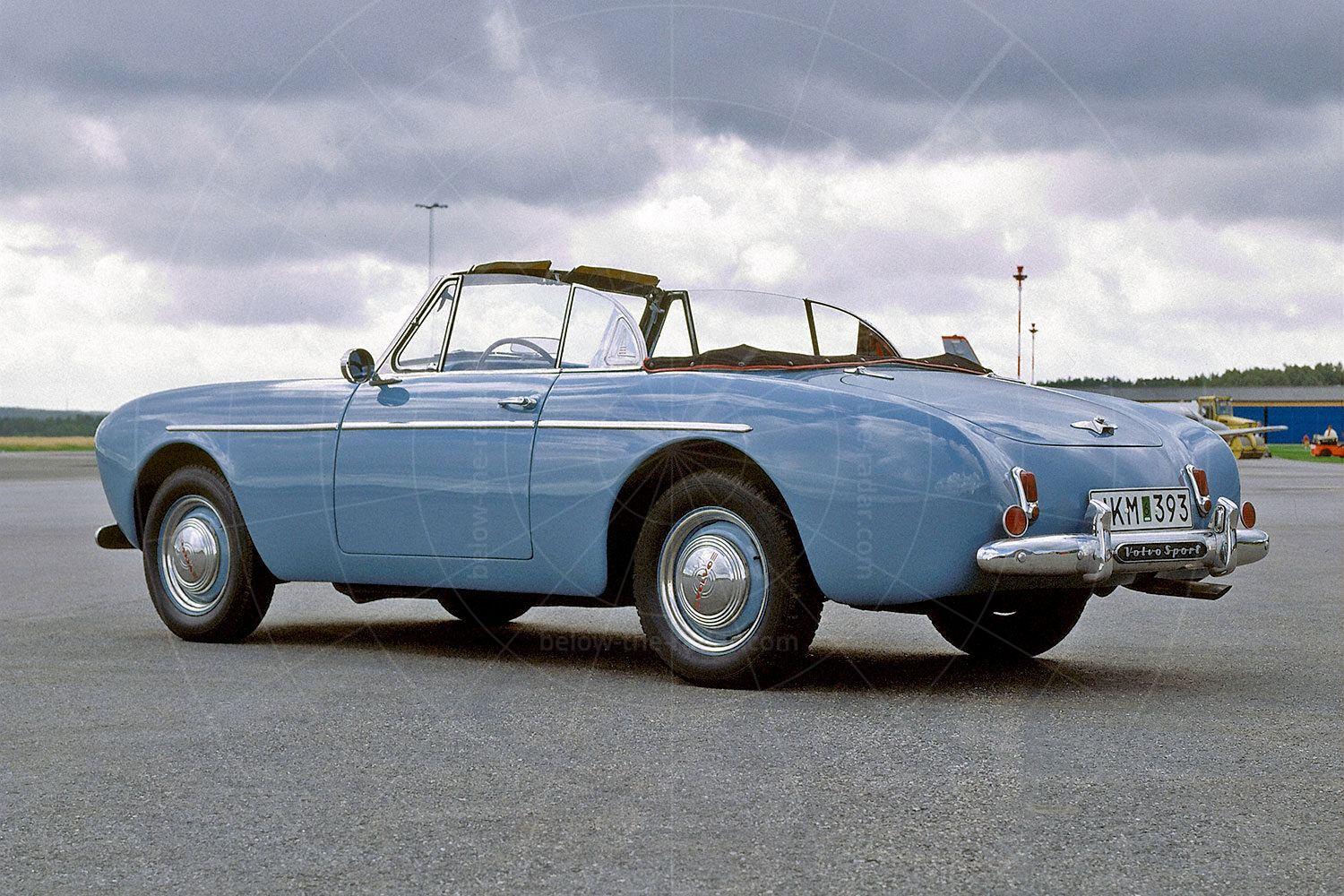
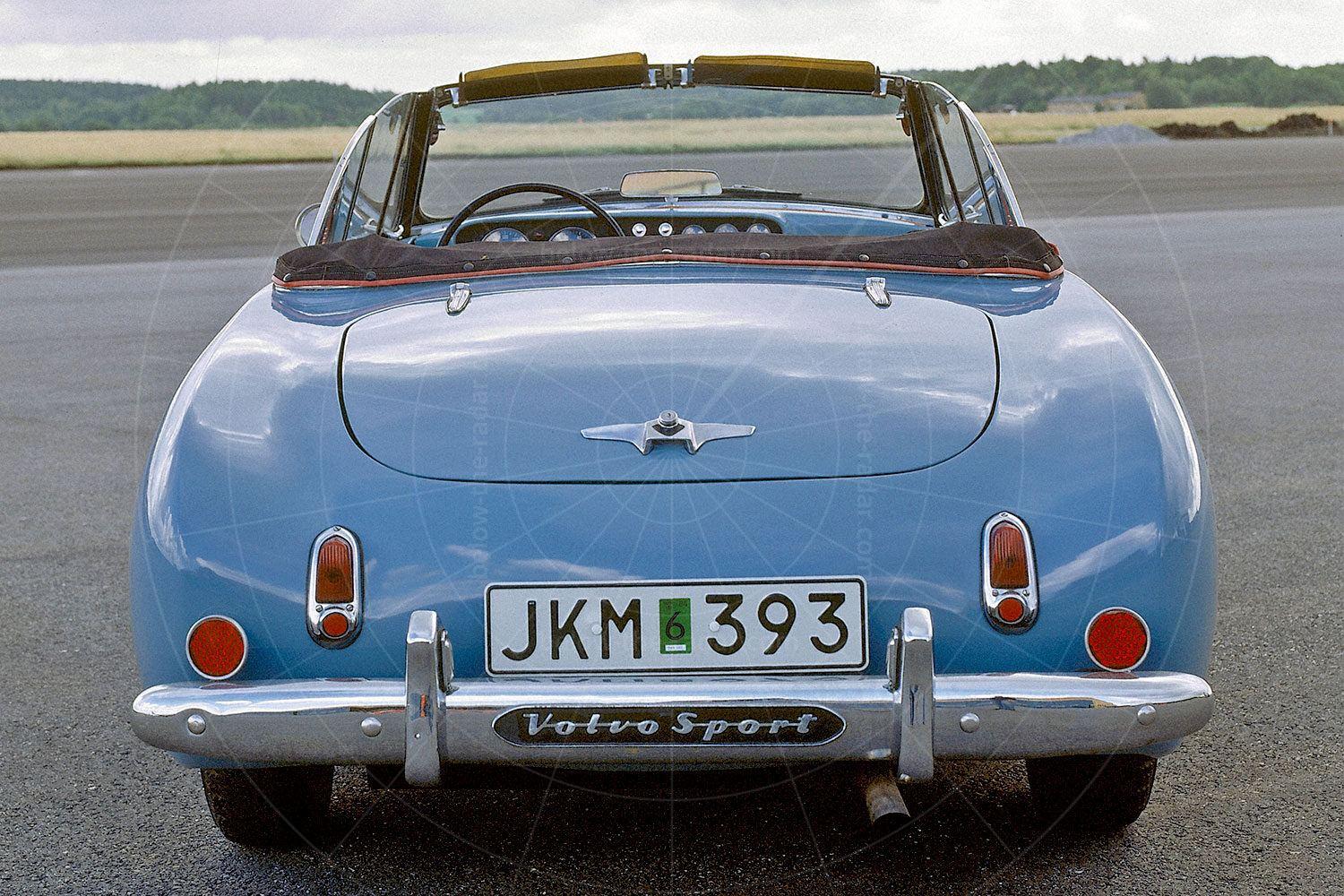
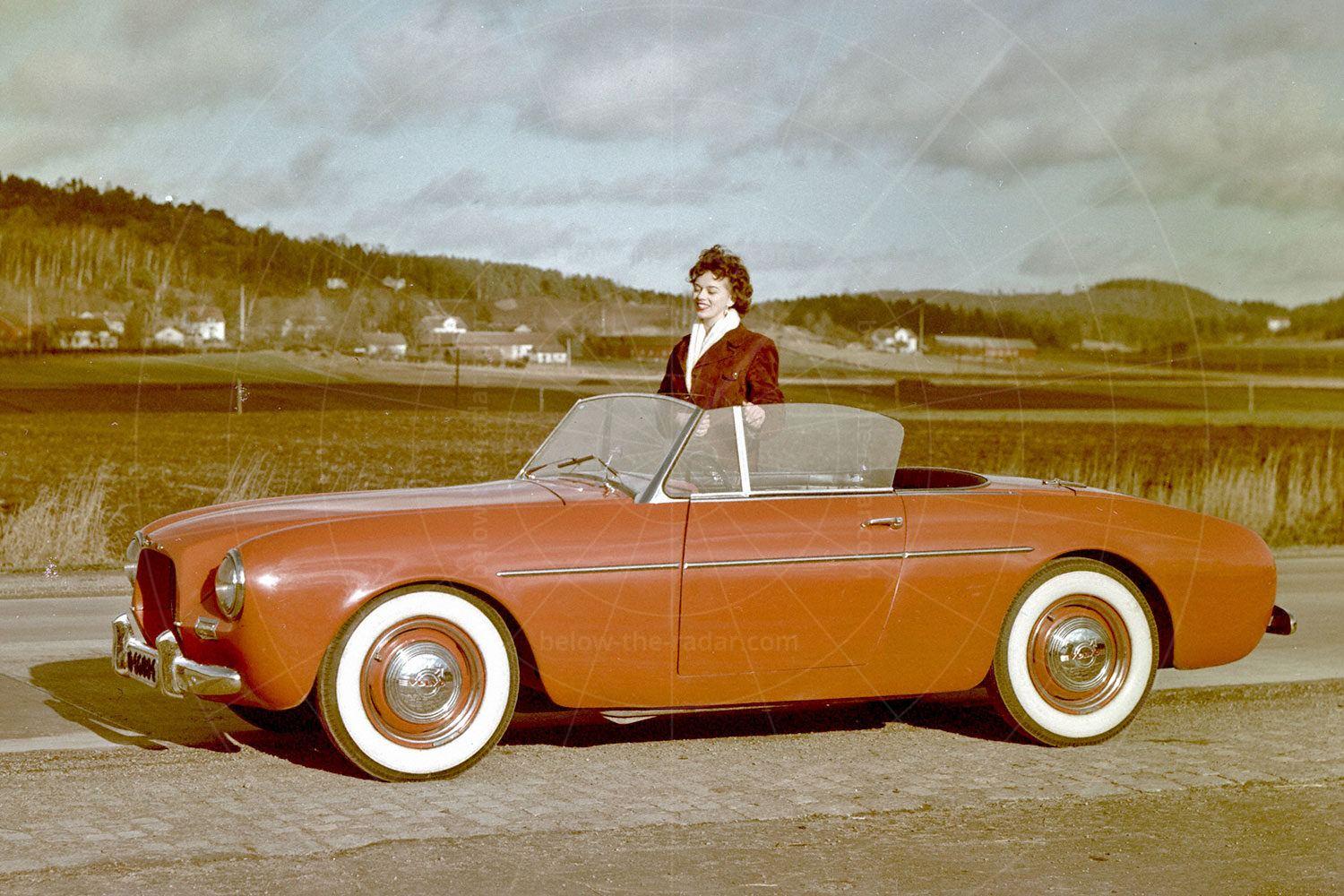
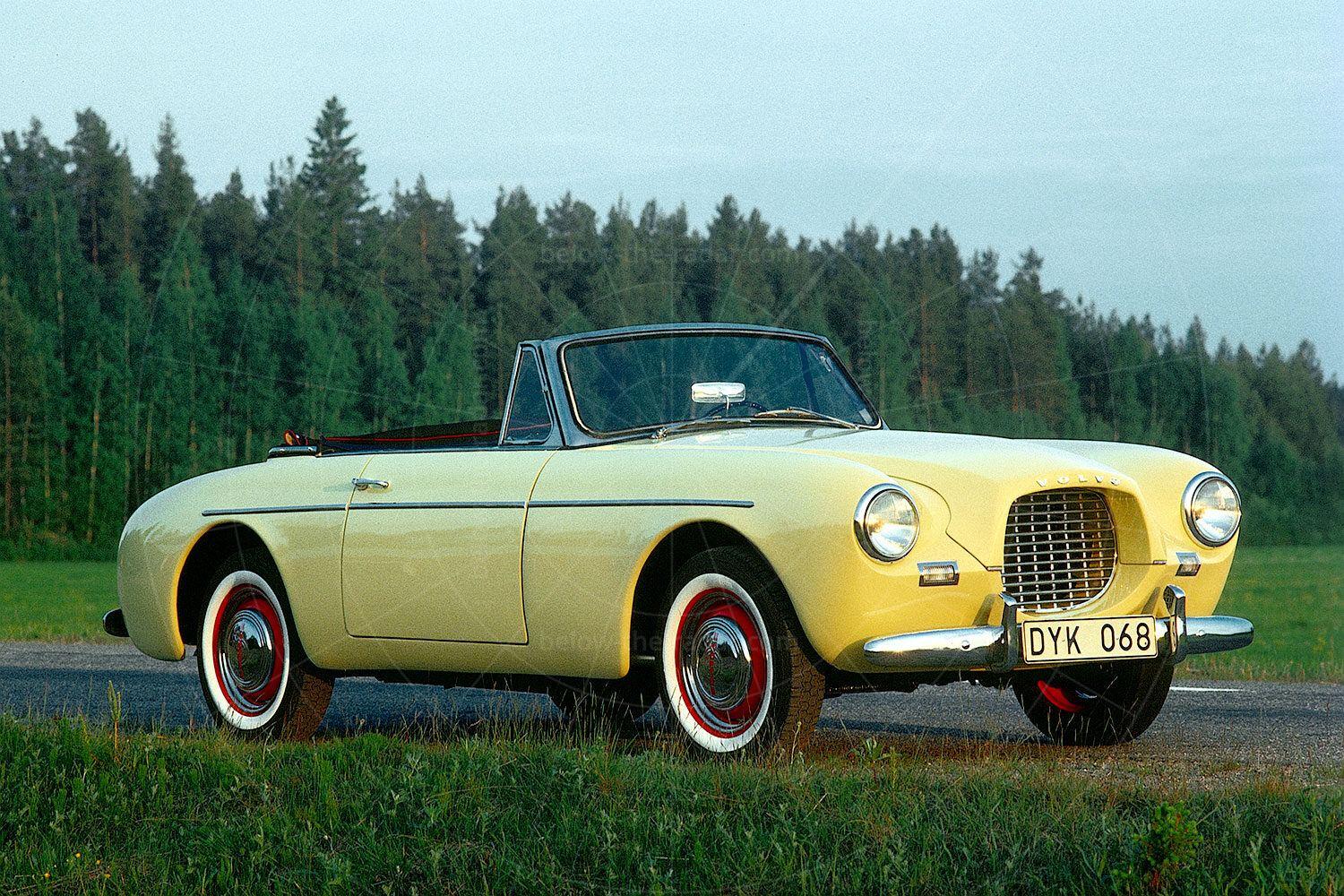
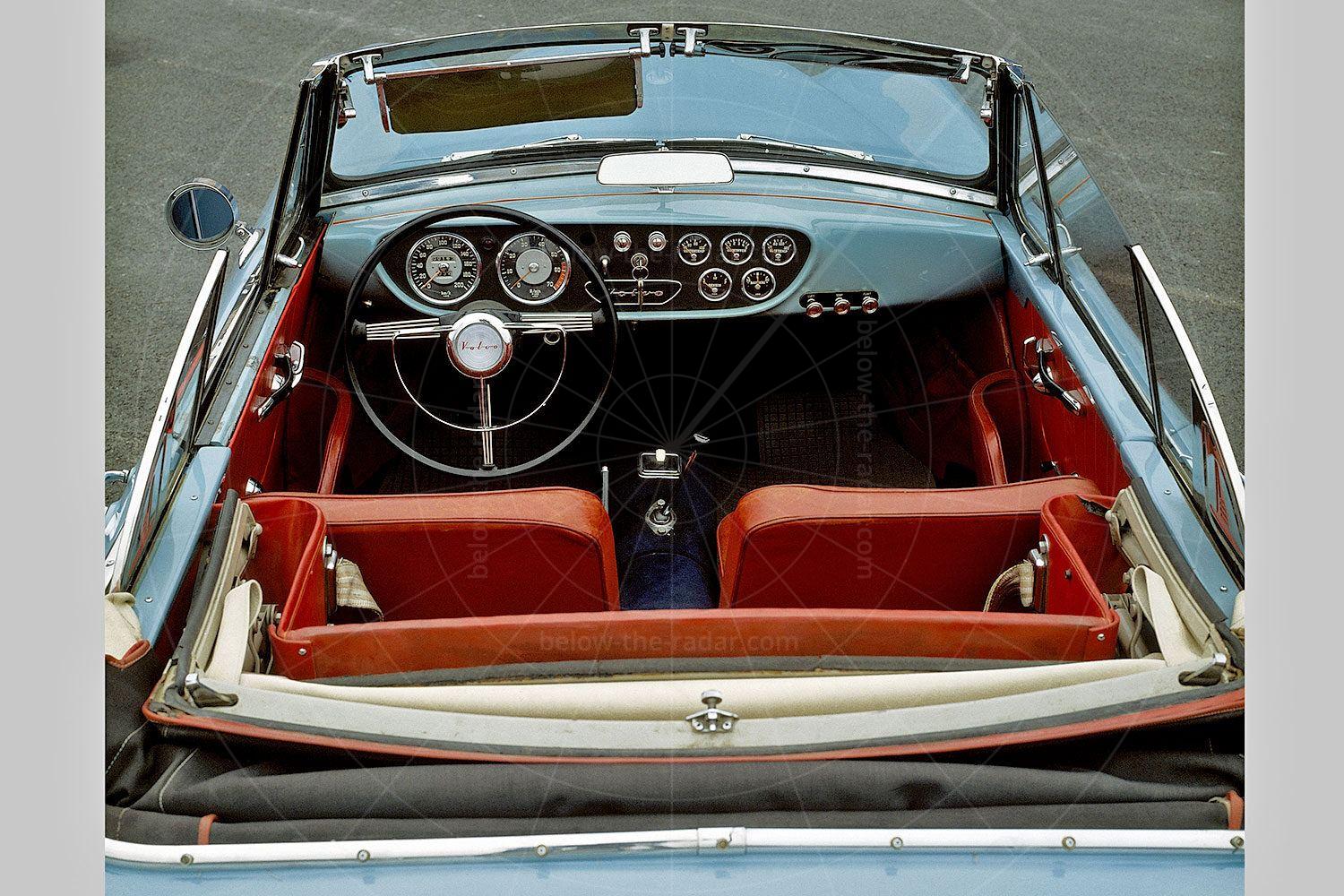
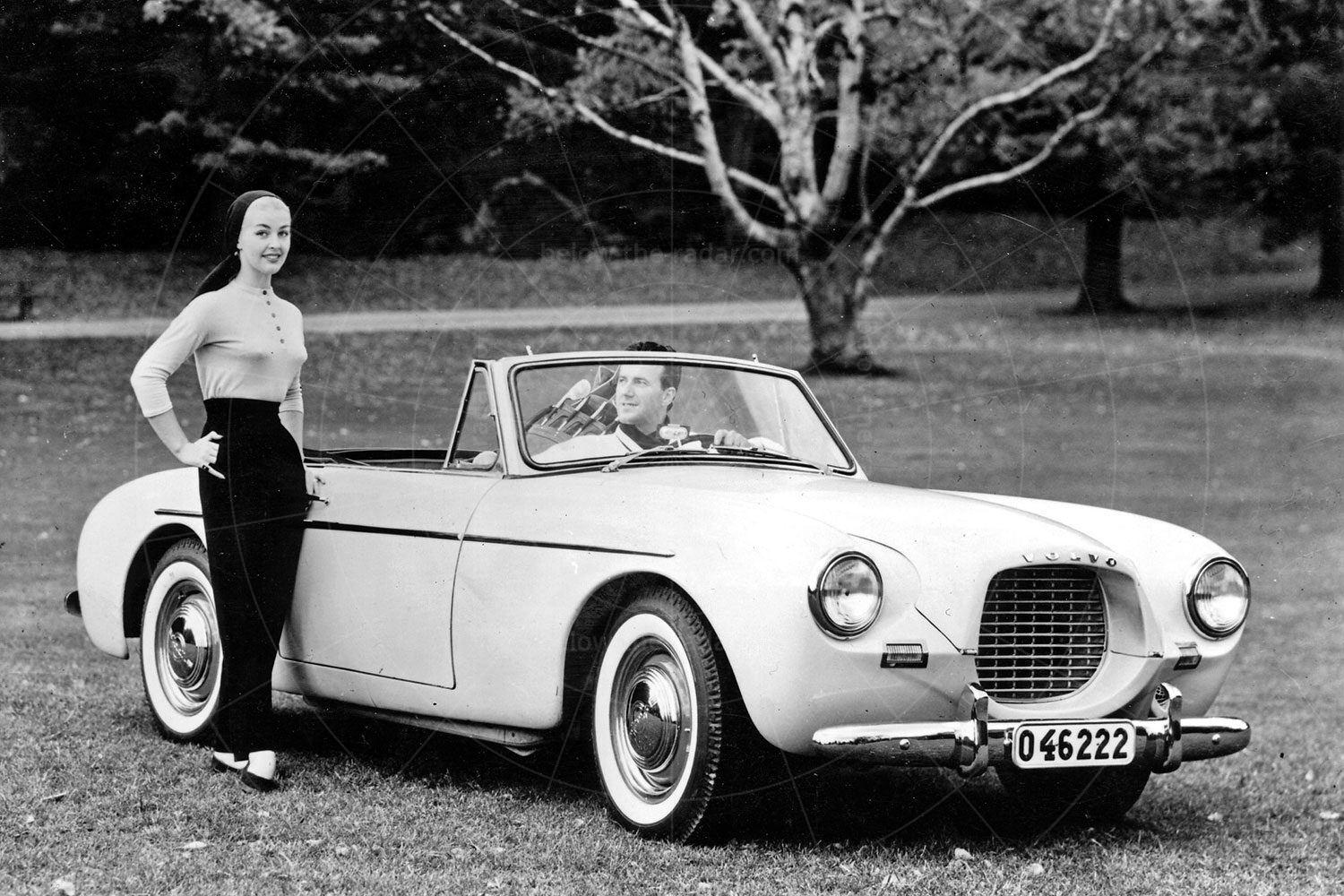
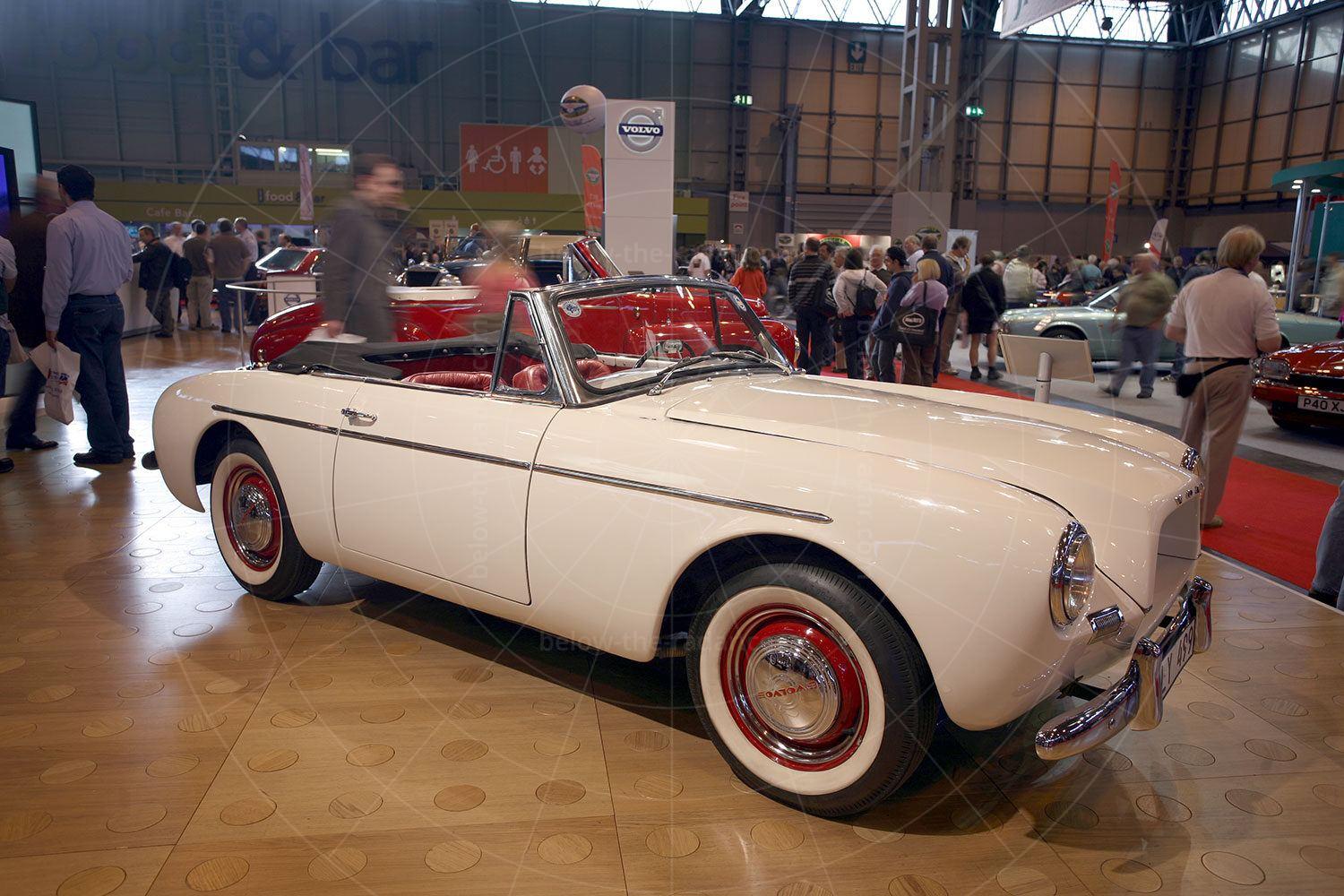

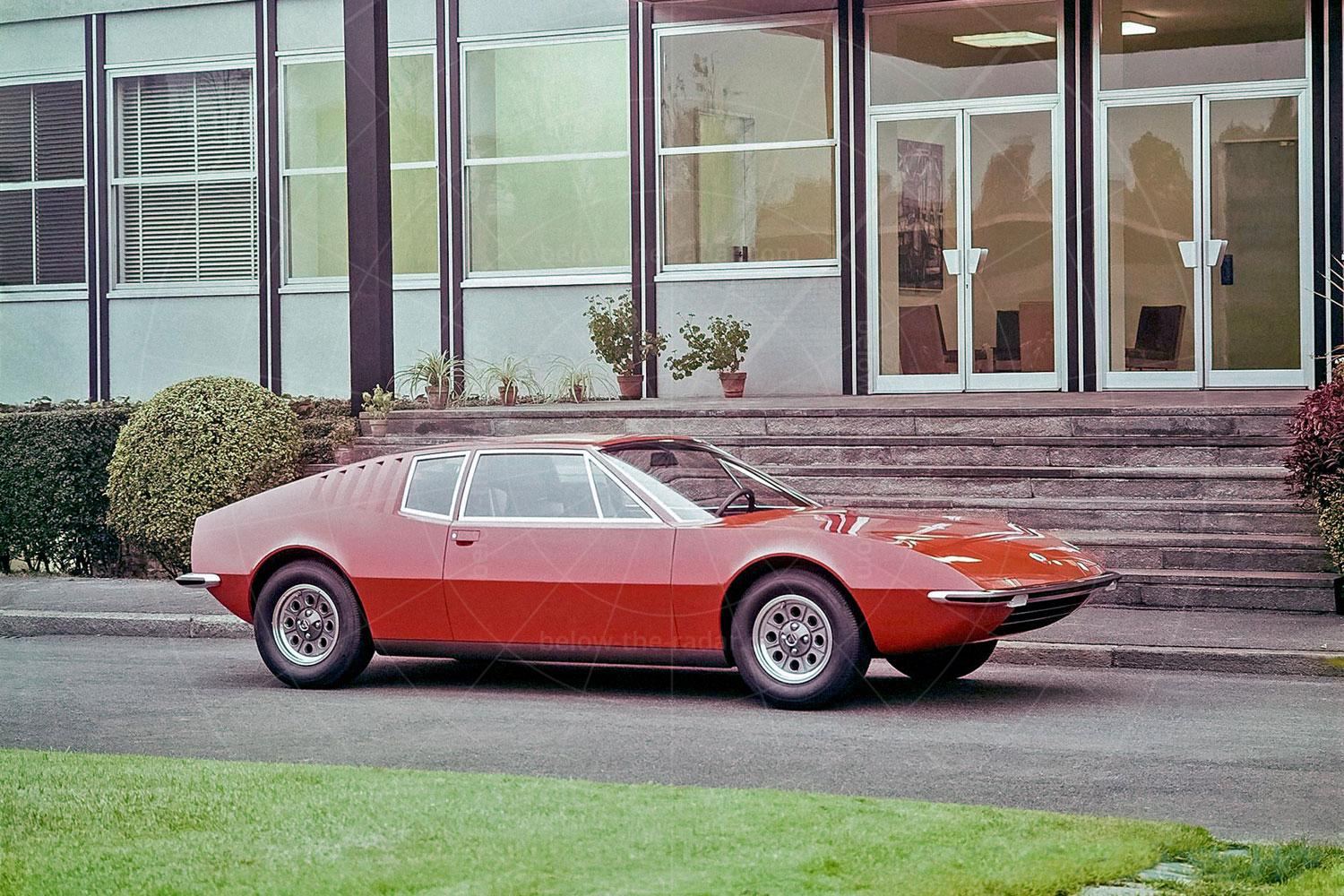
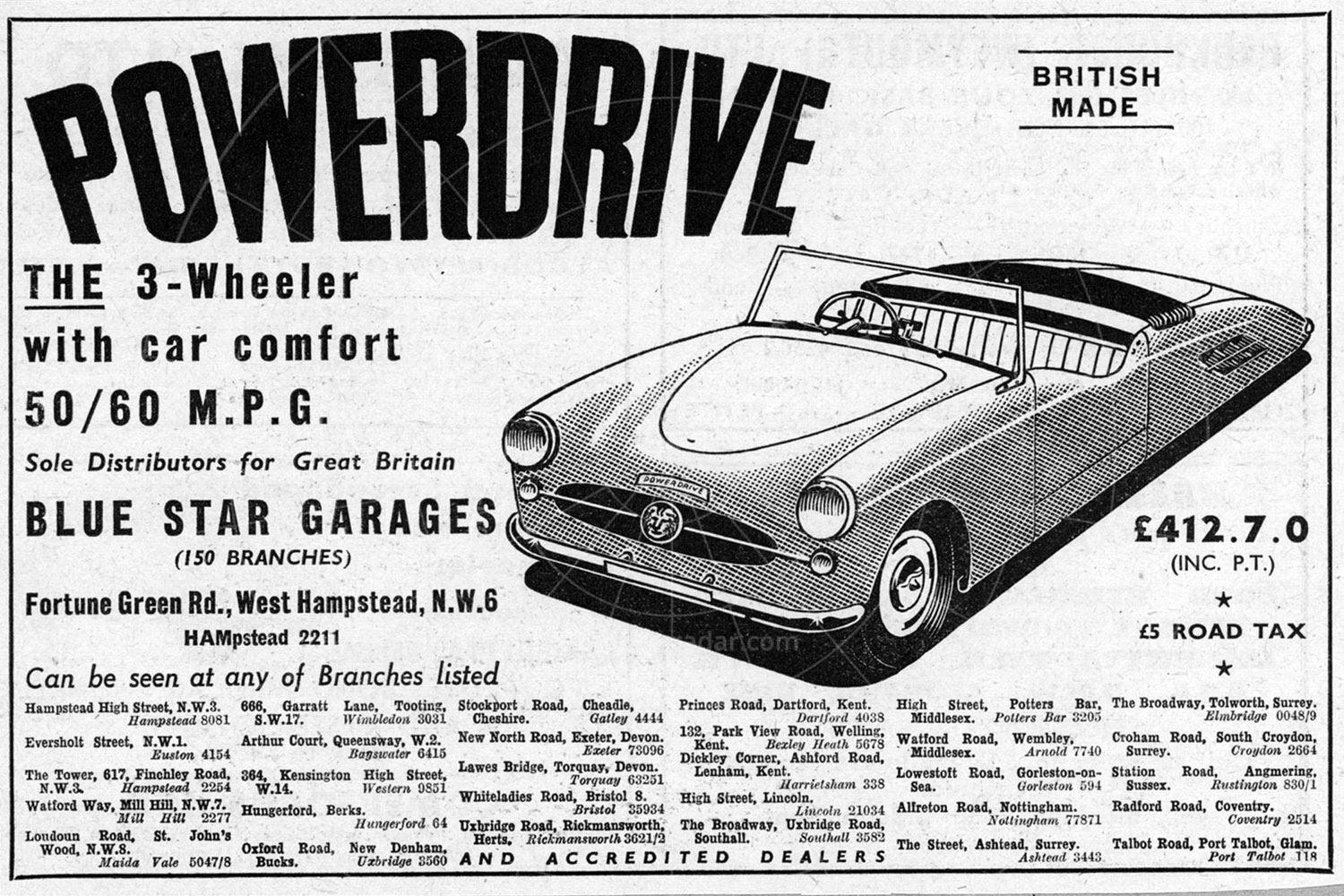
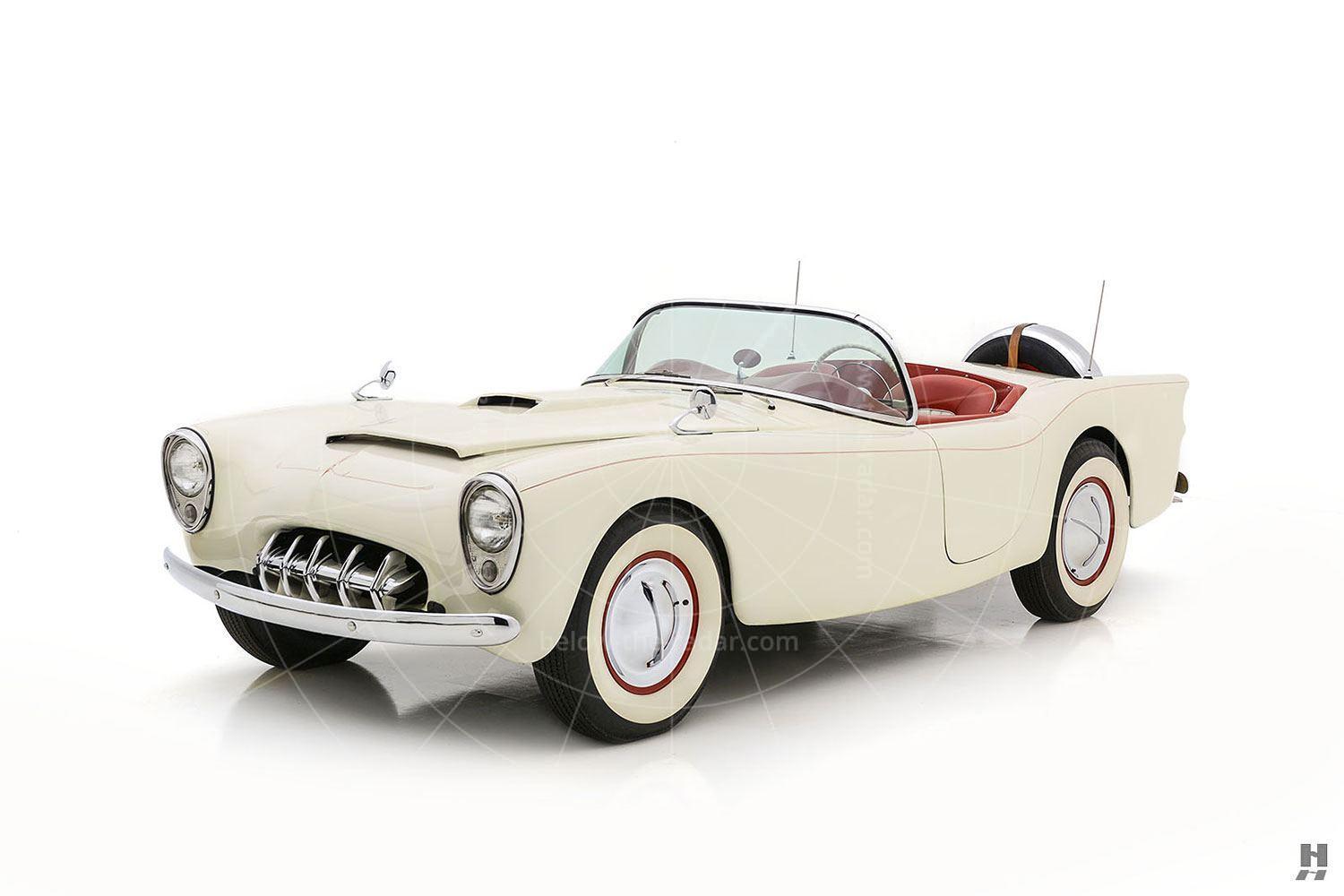
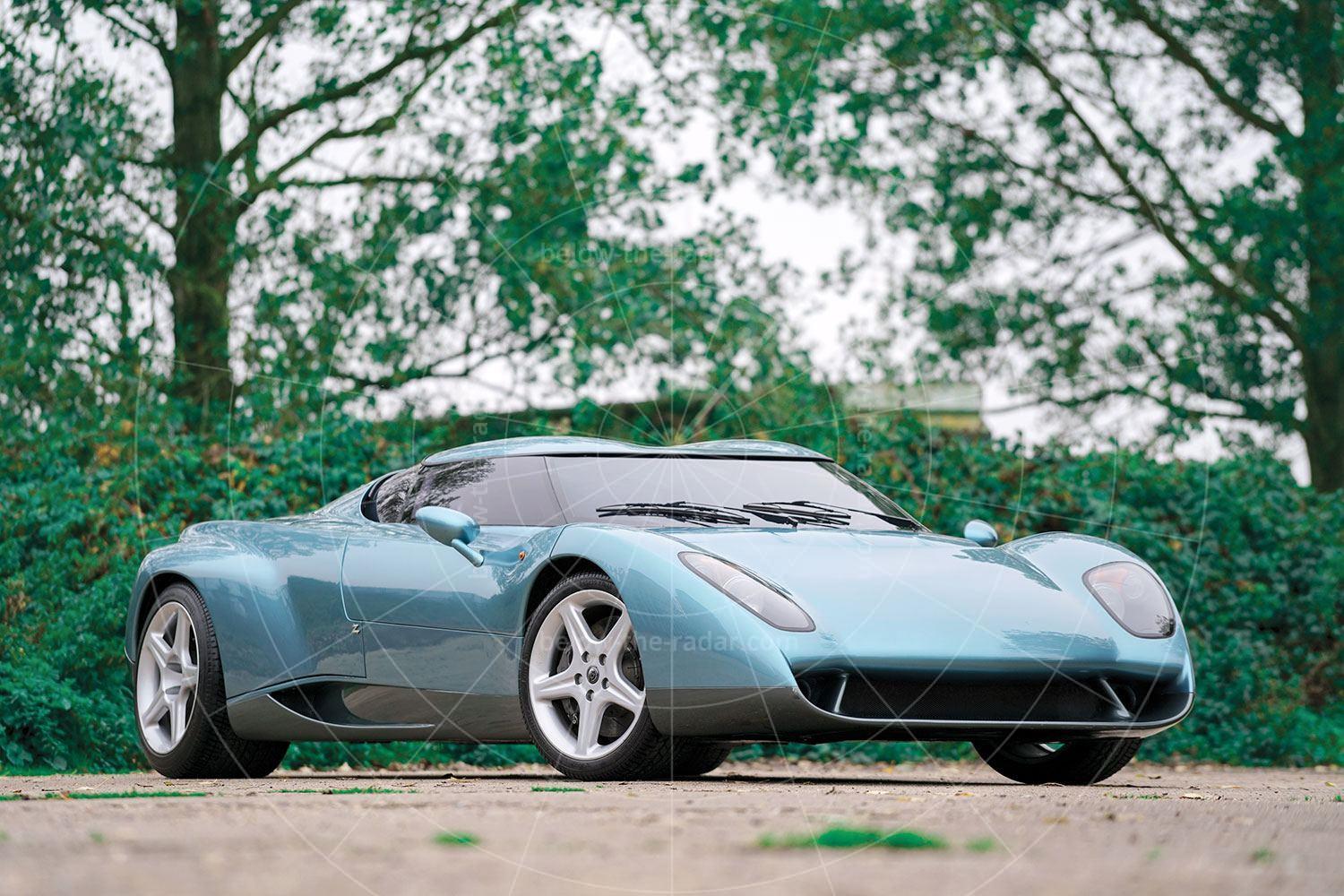
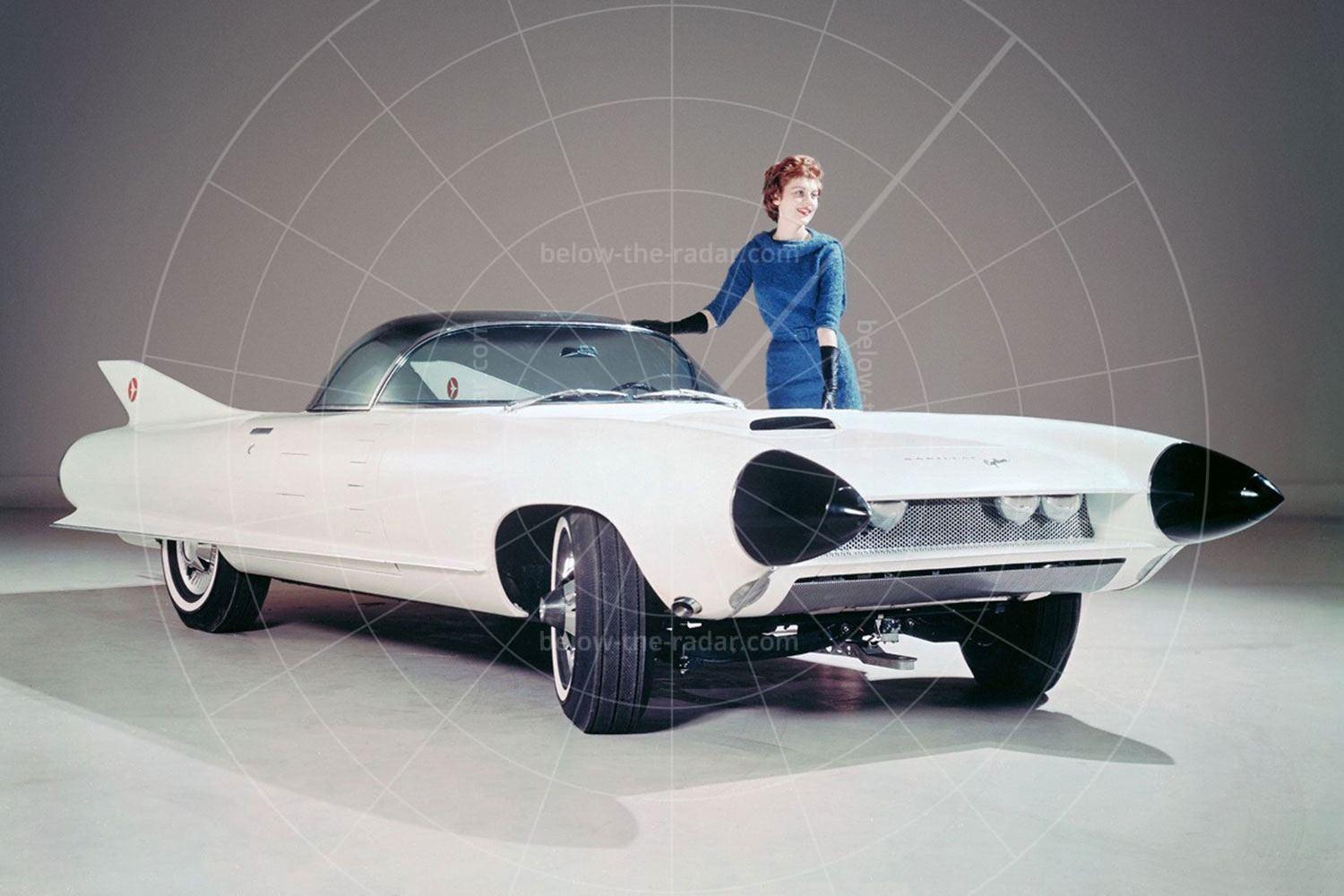
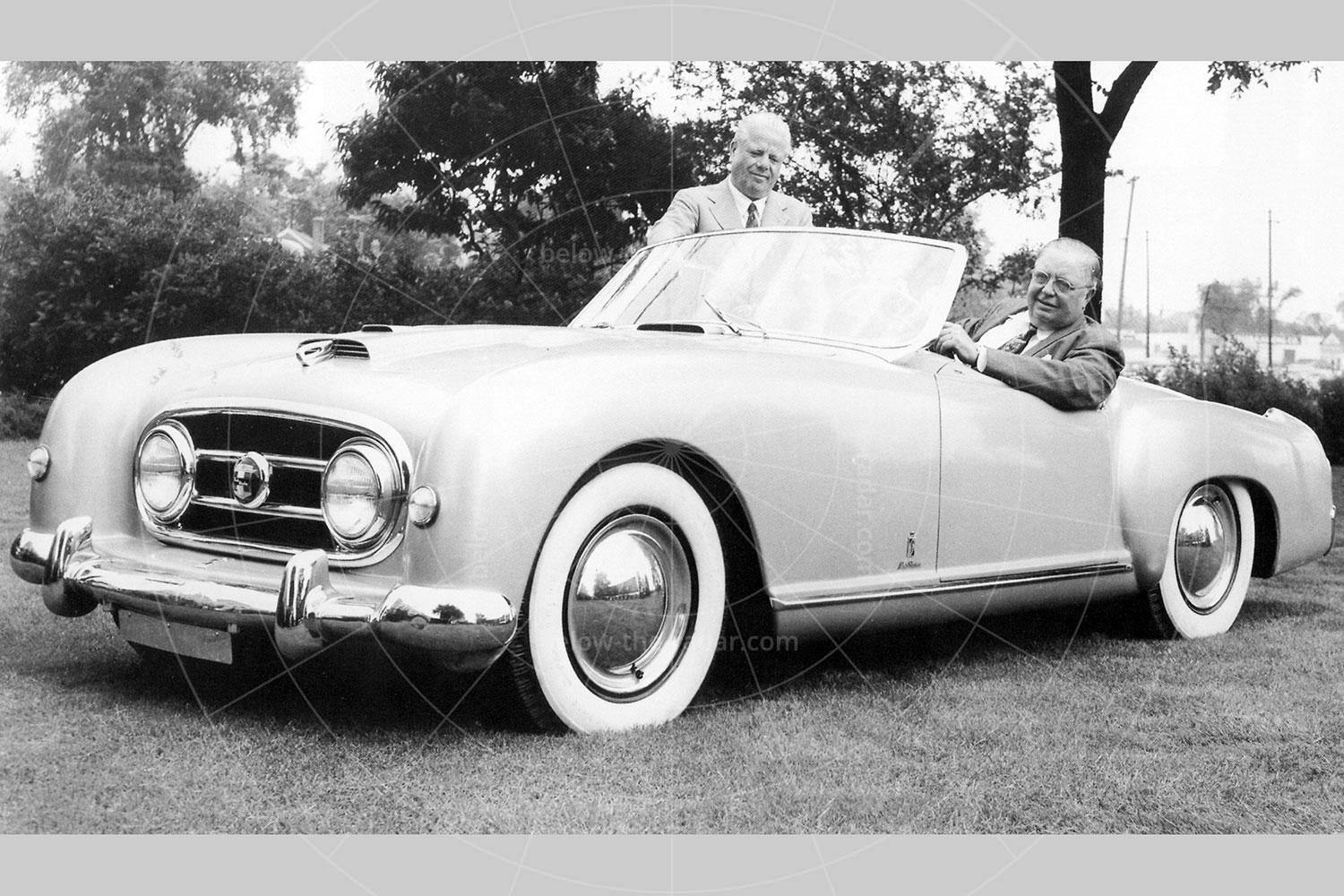
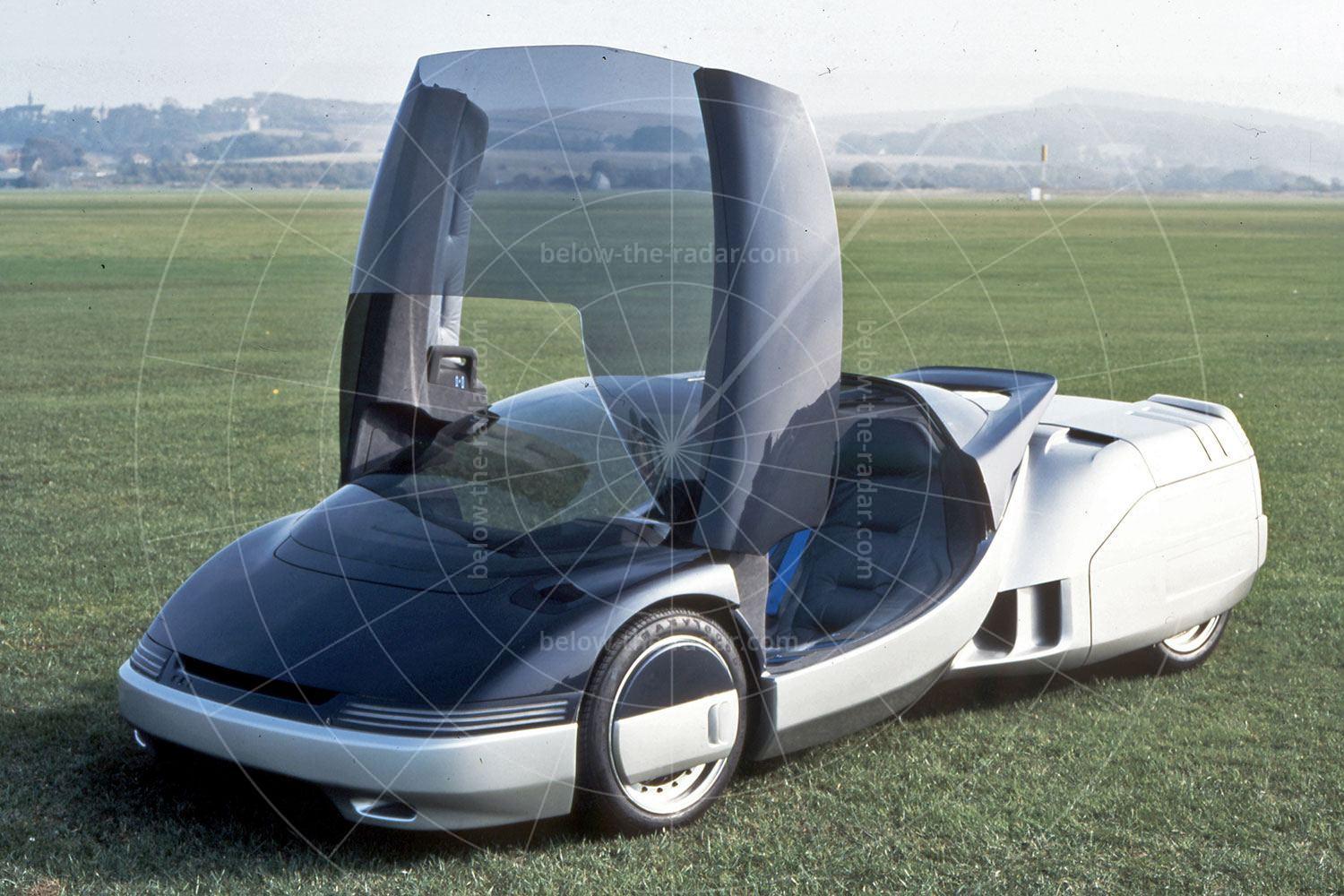
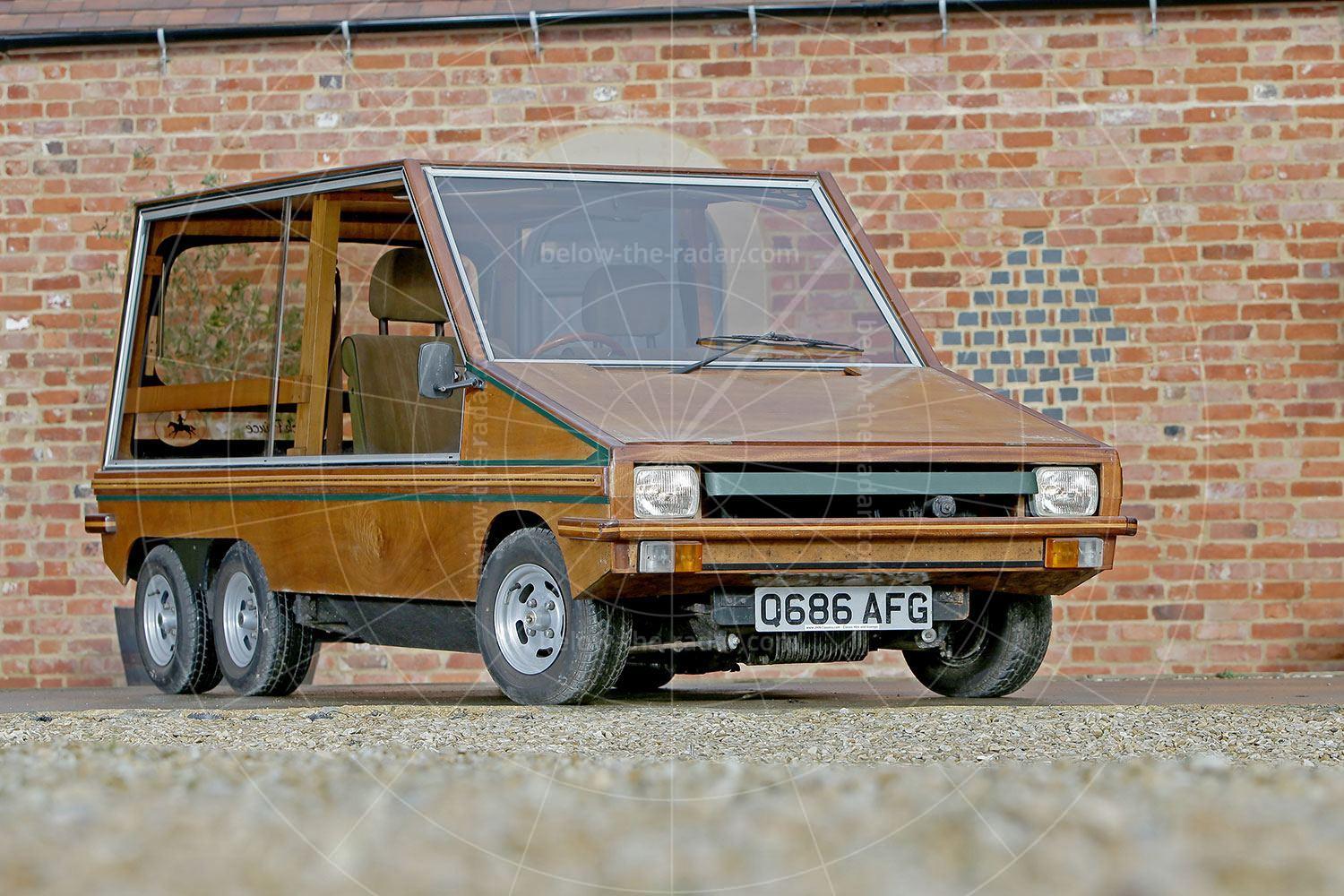
One Comment